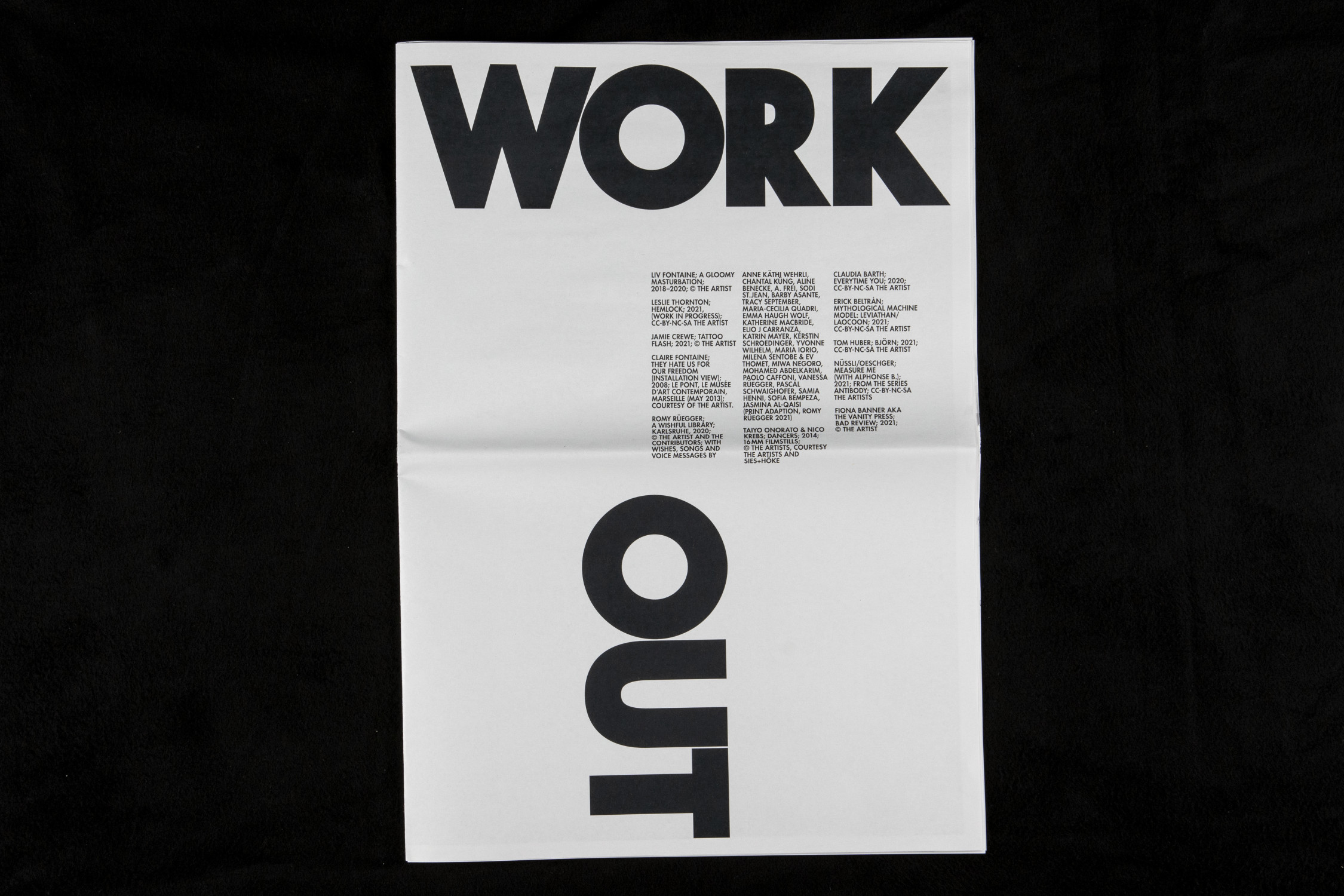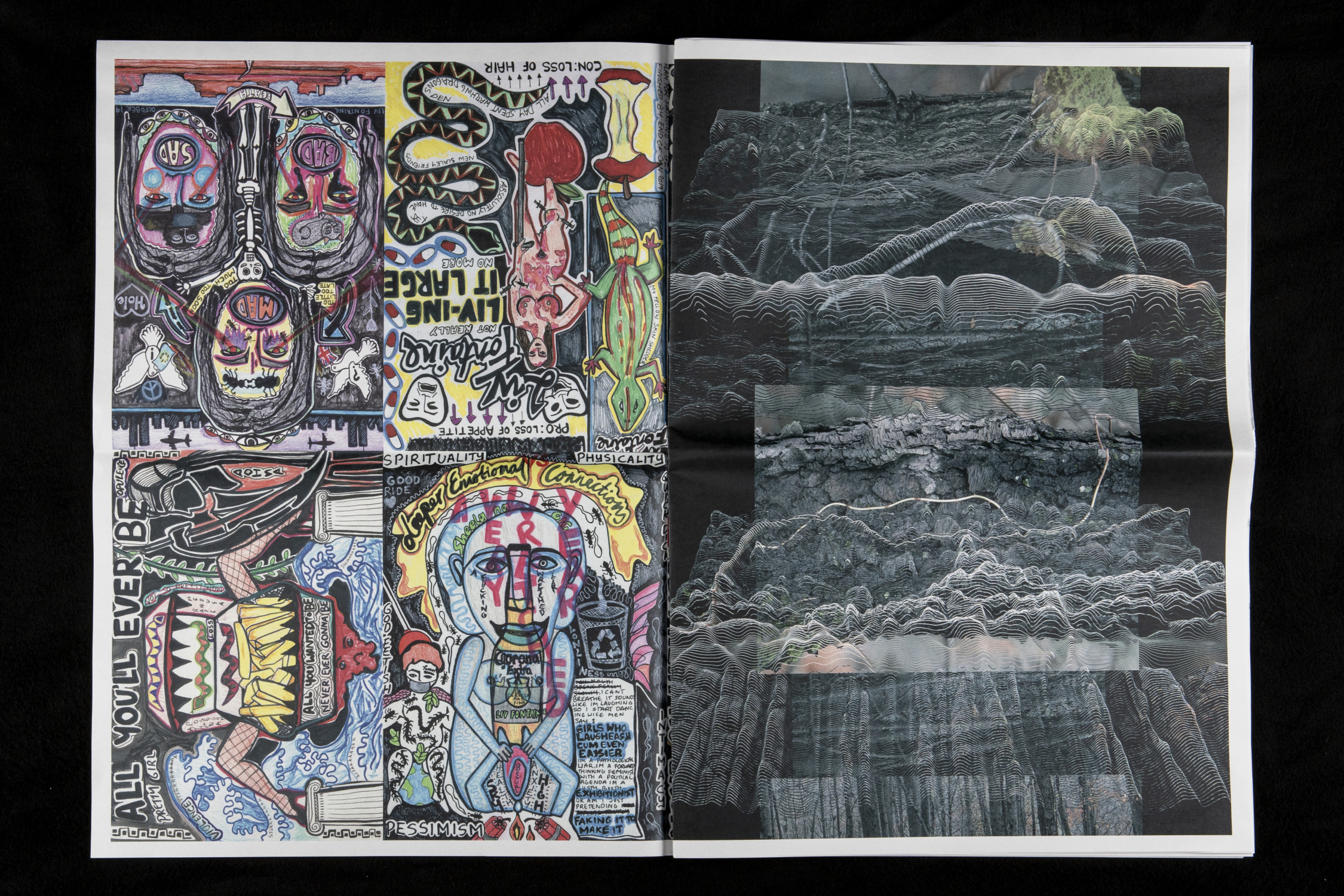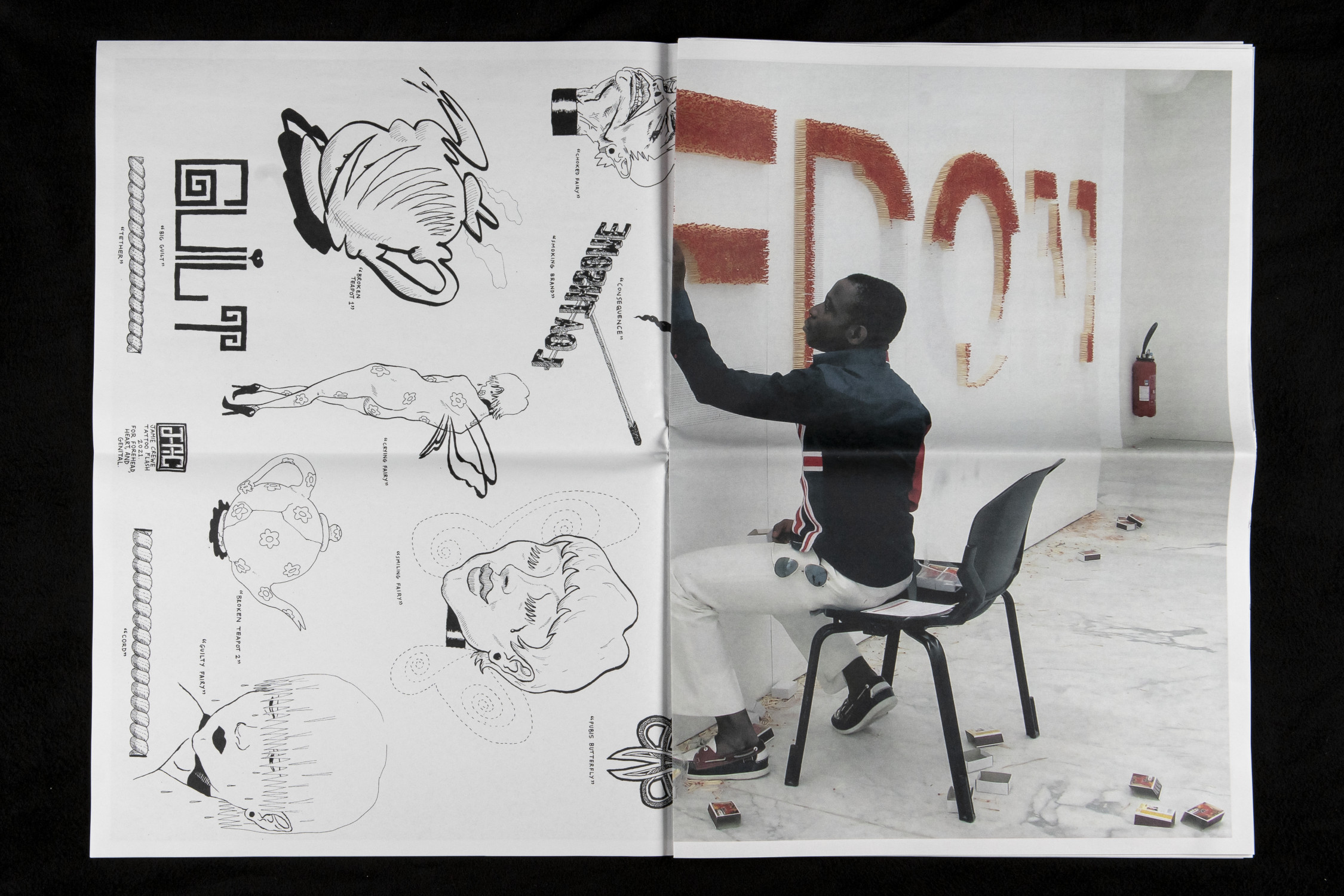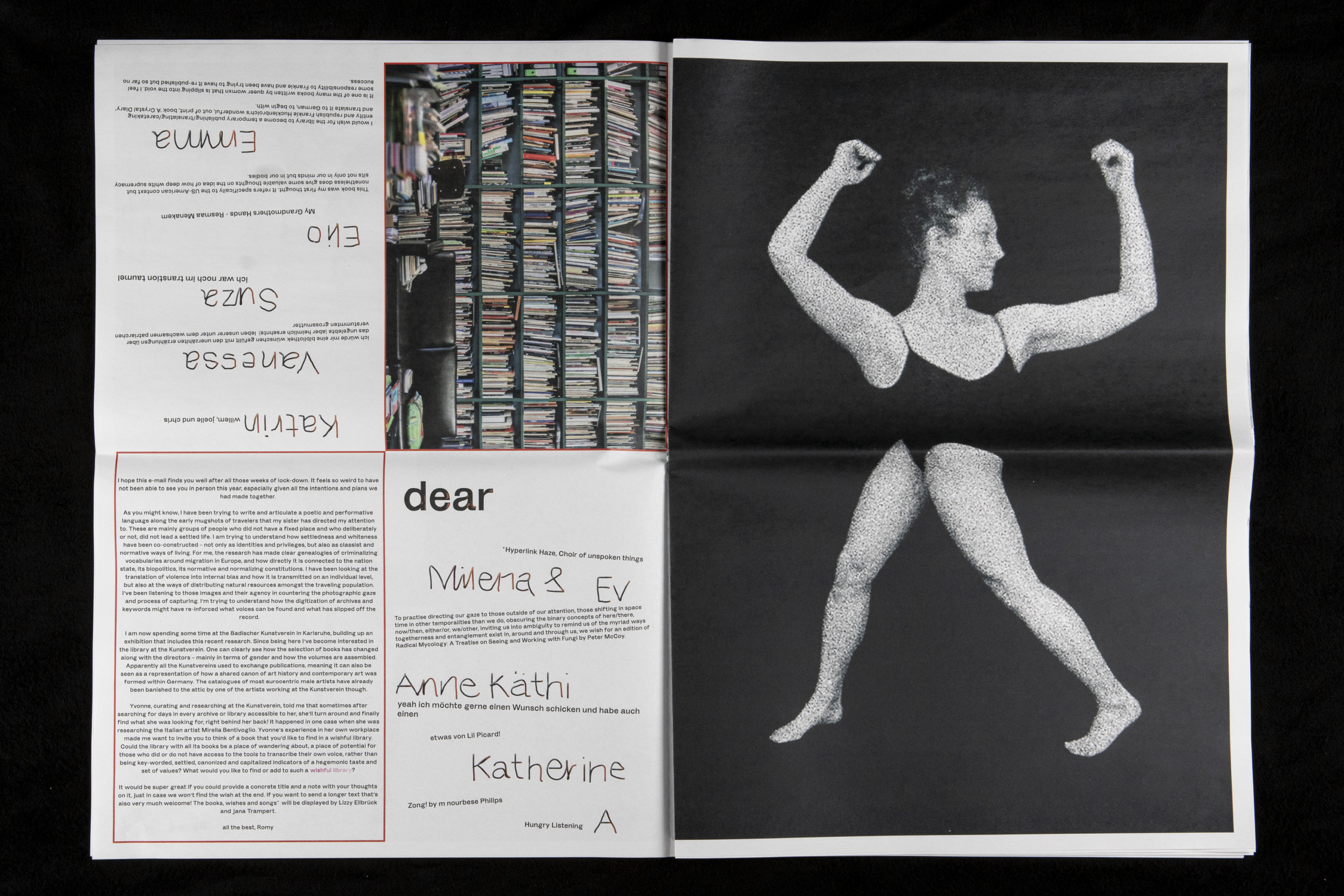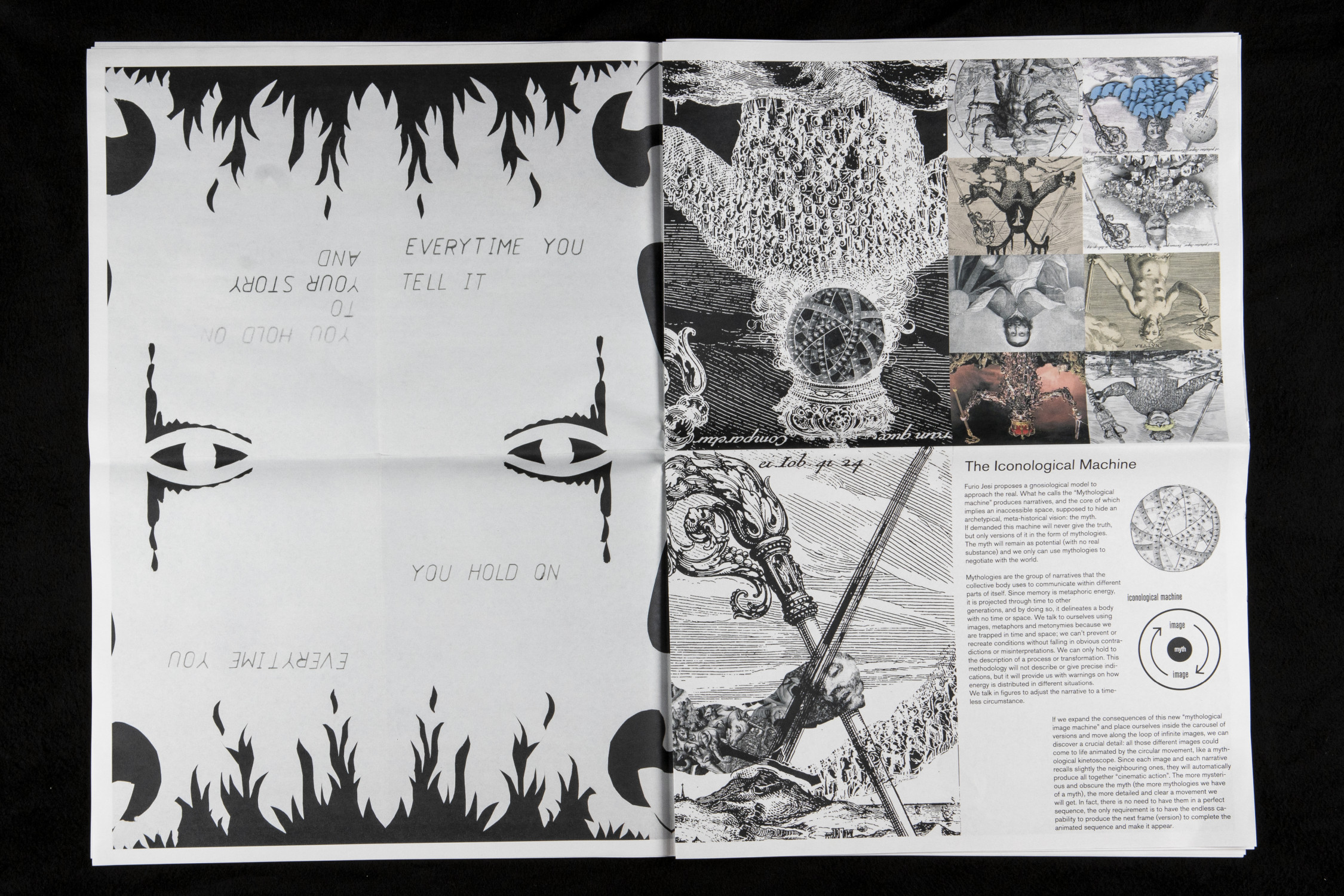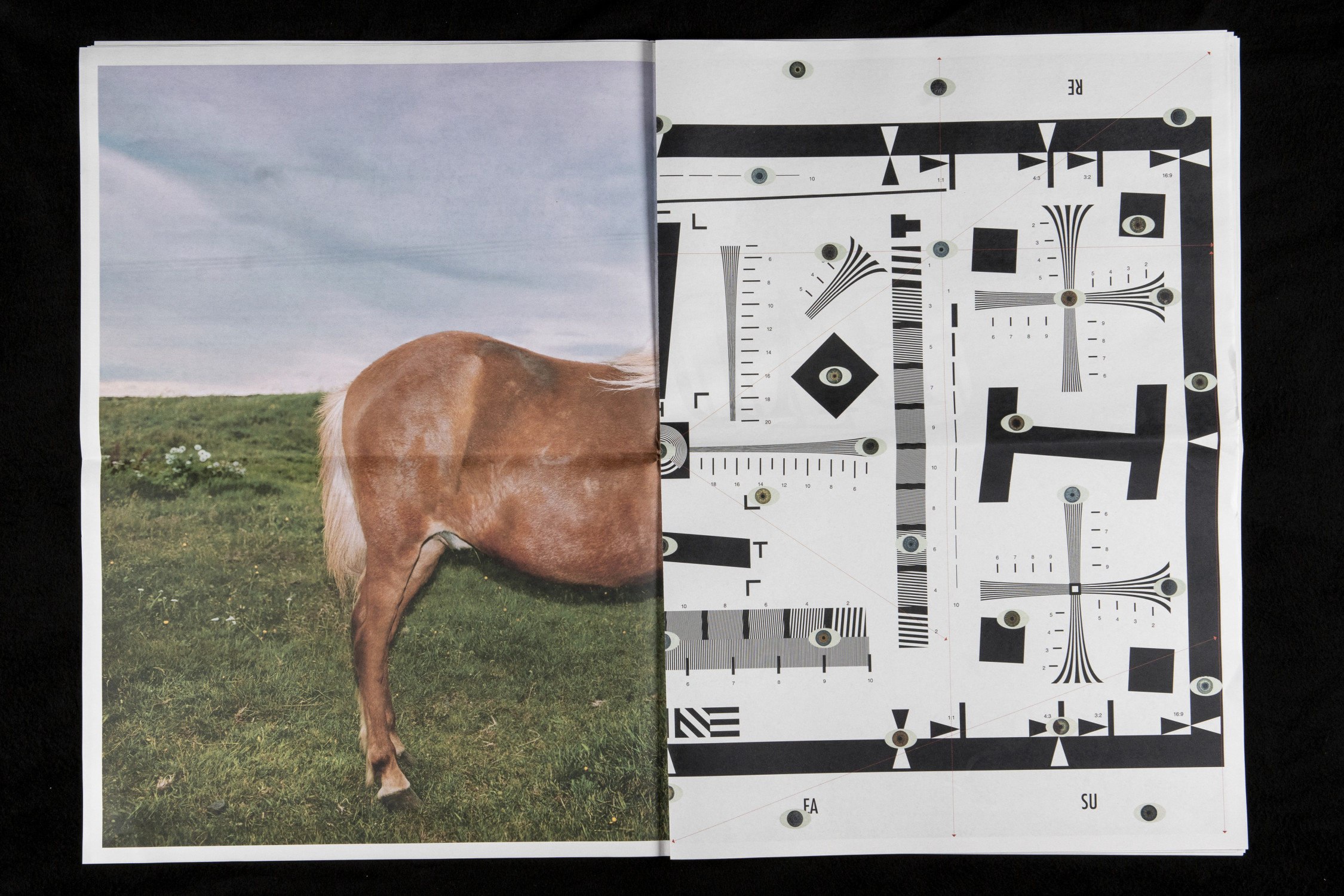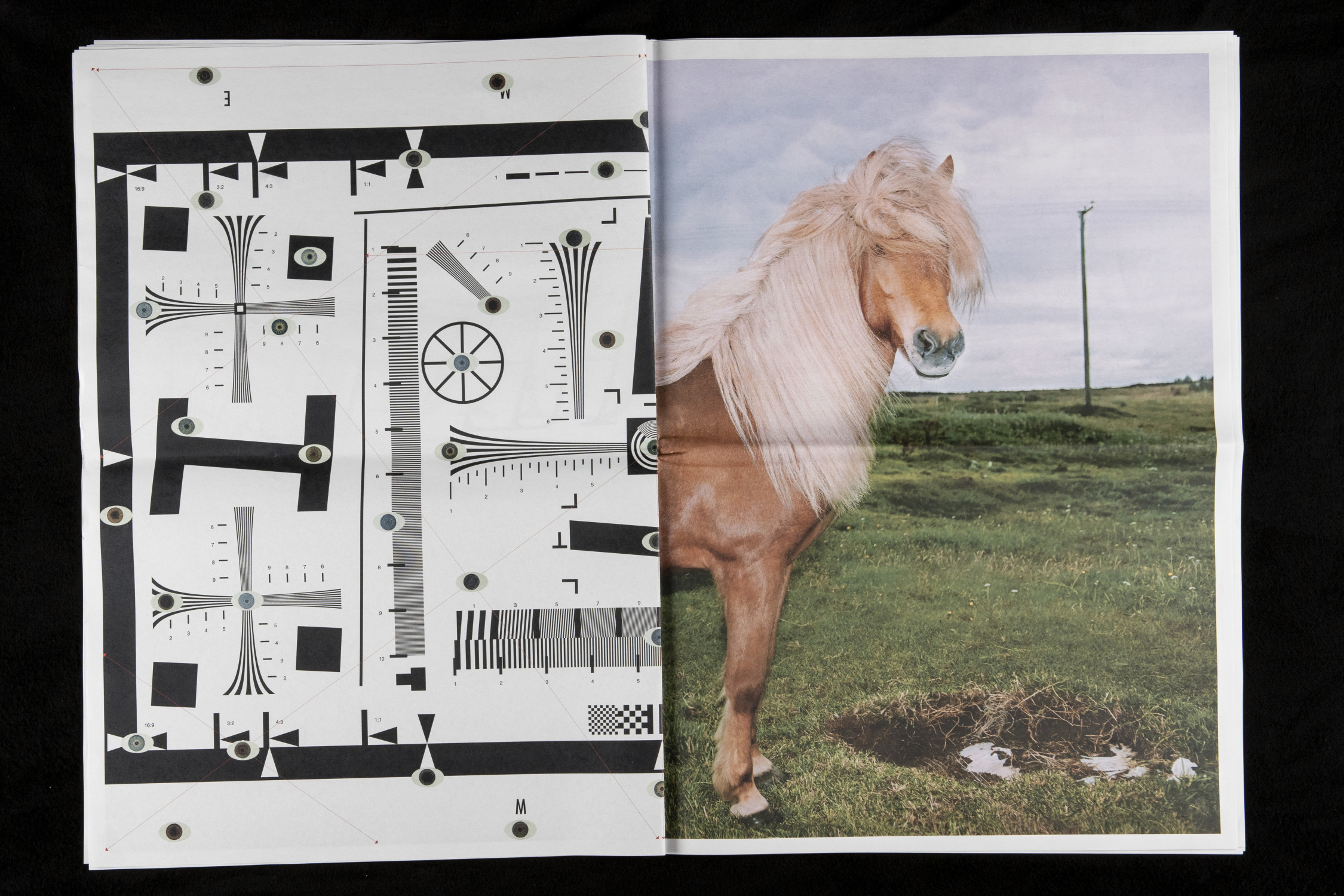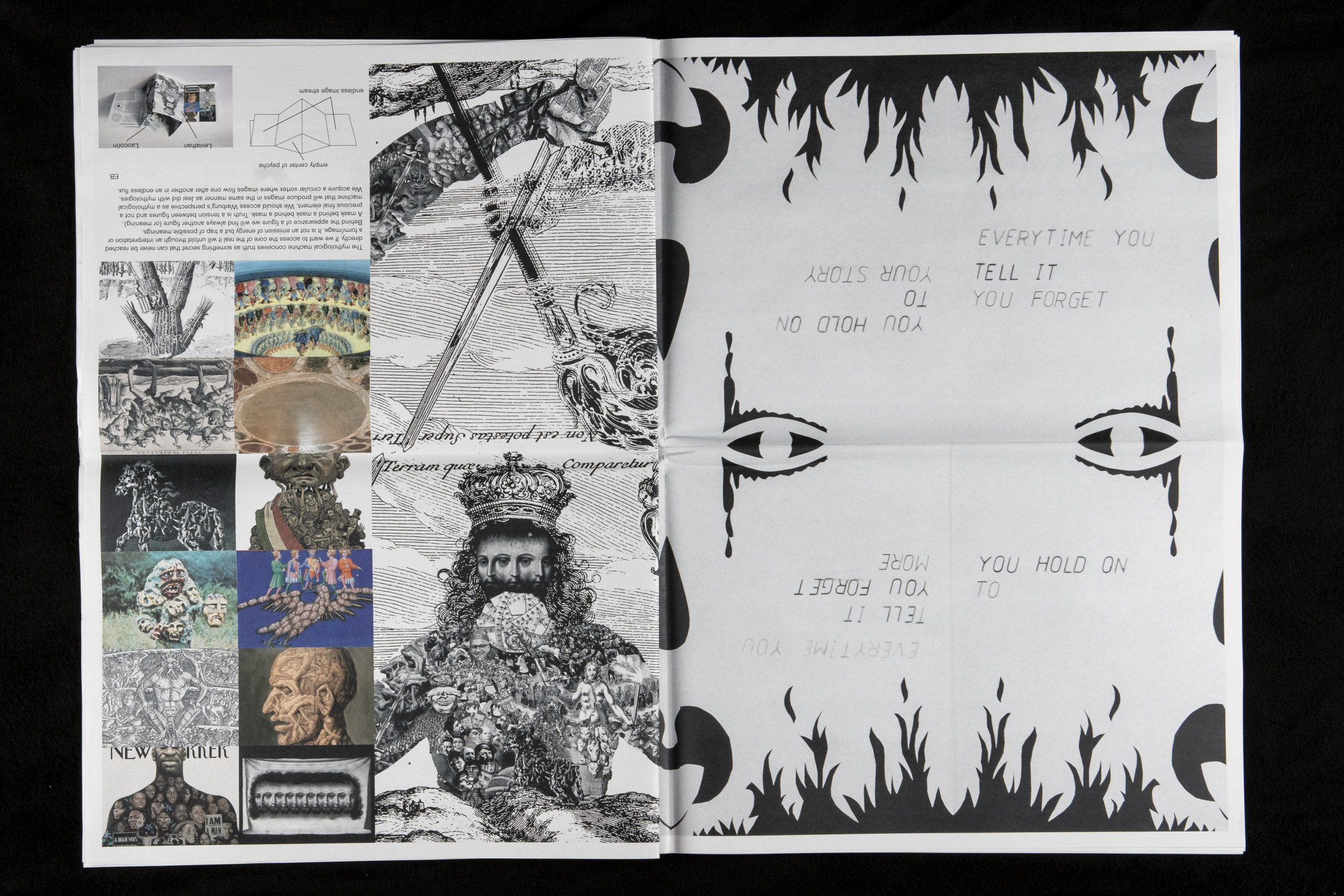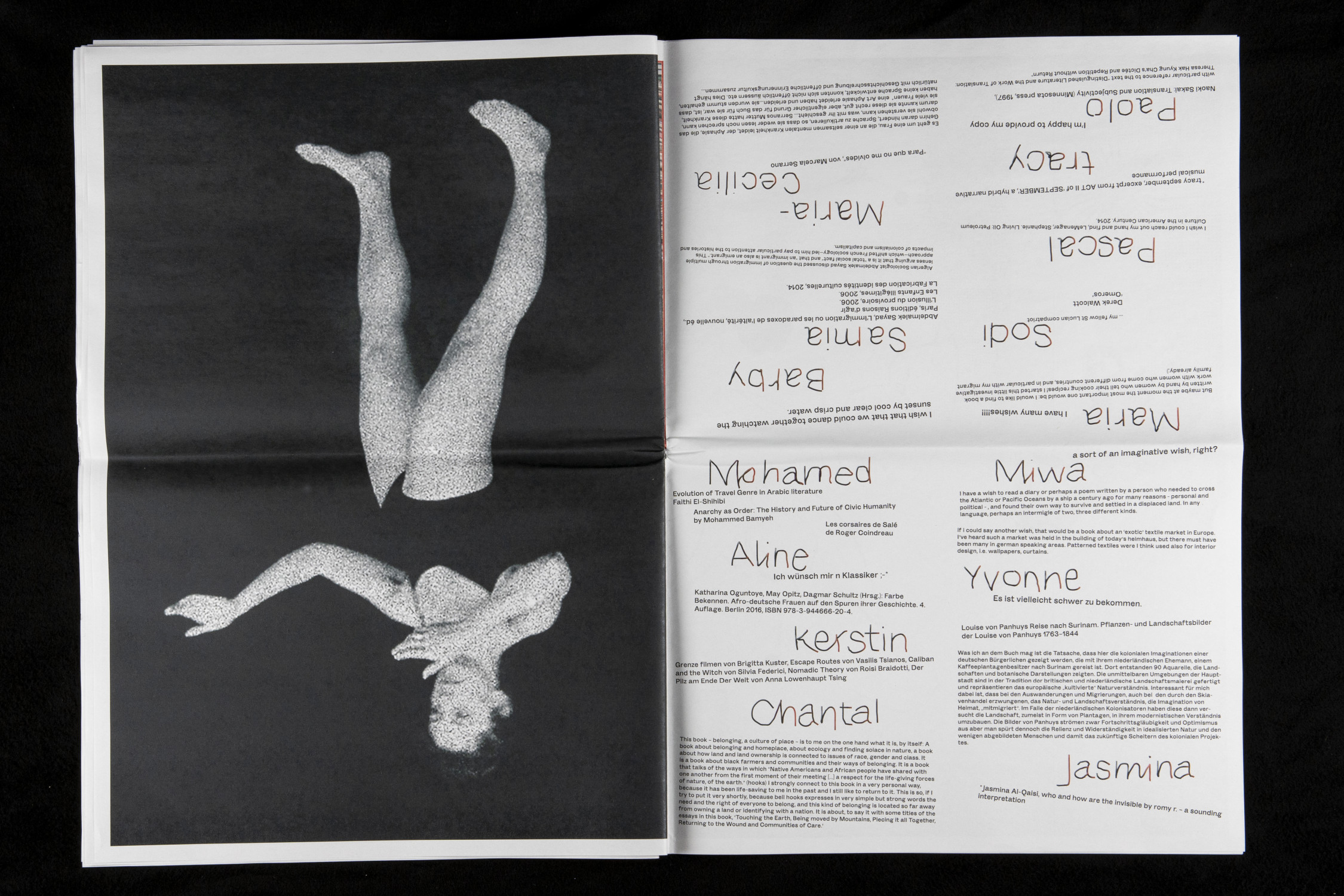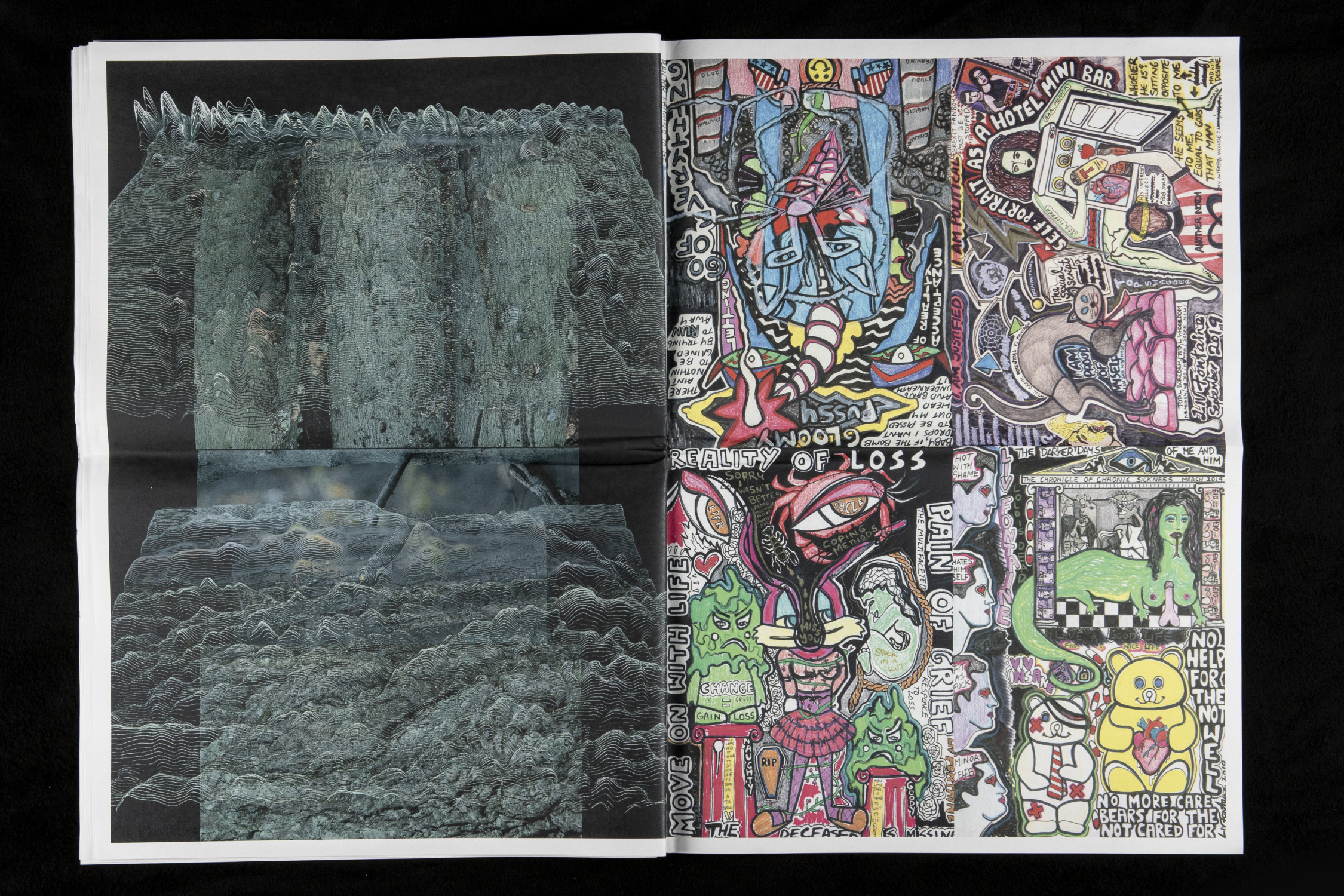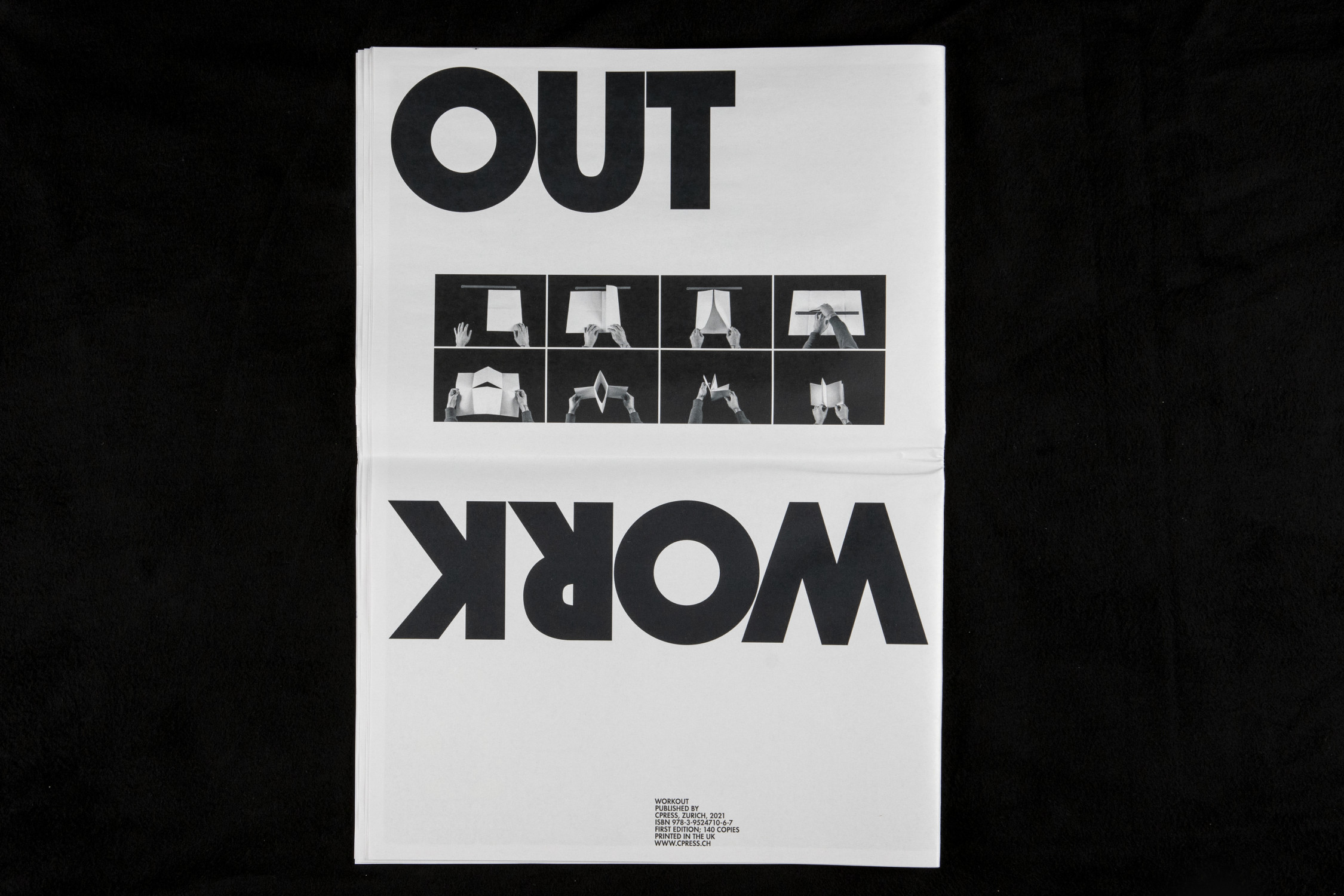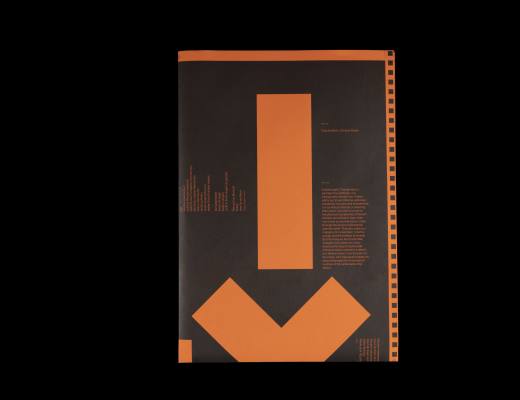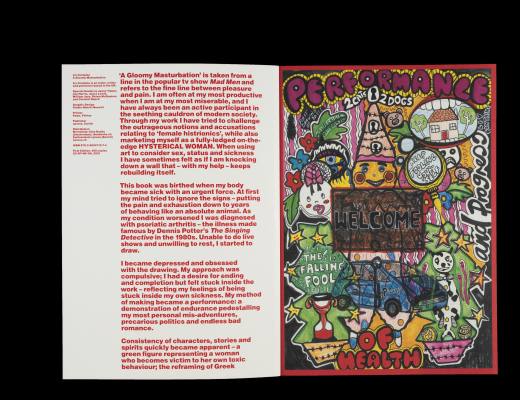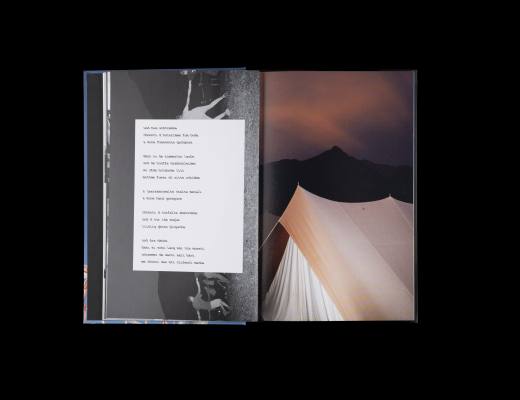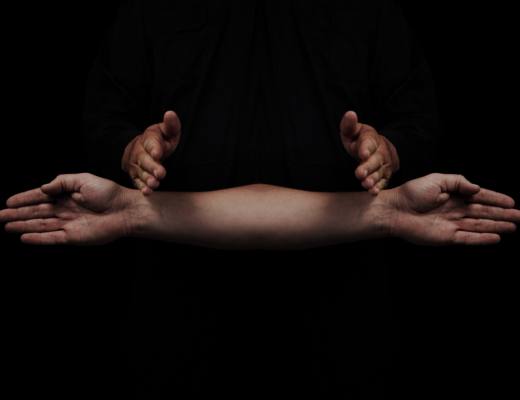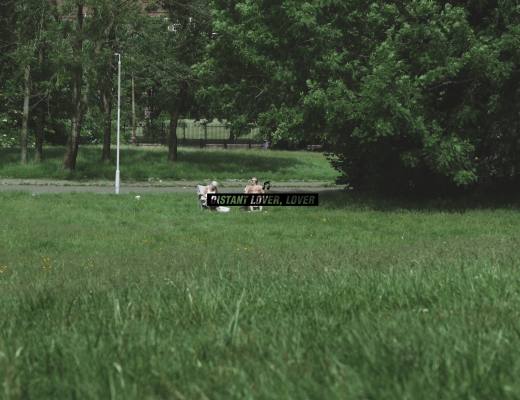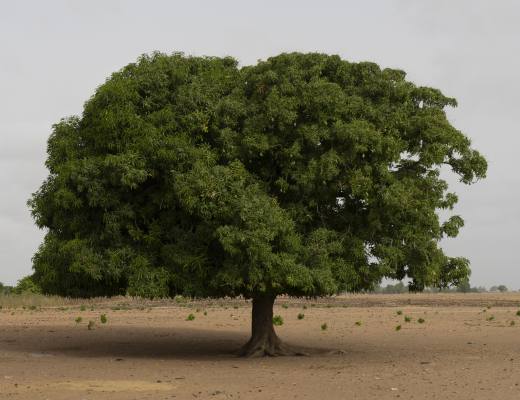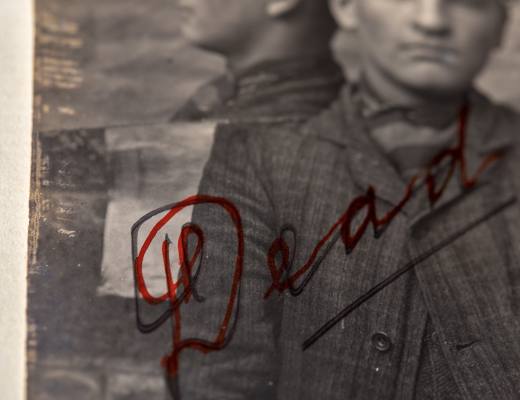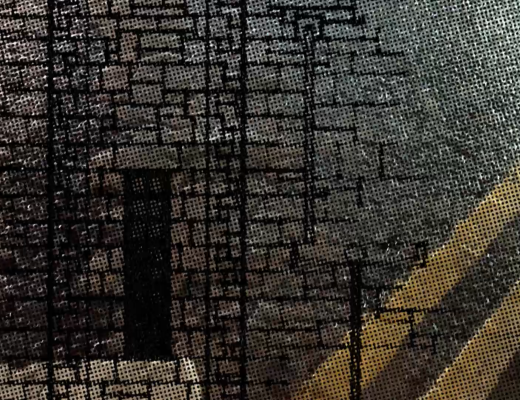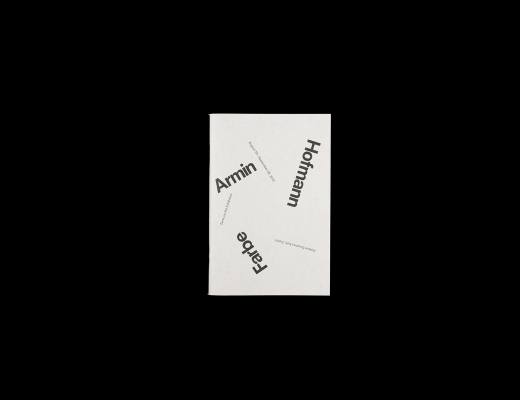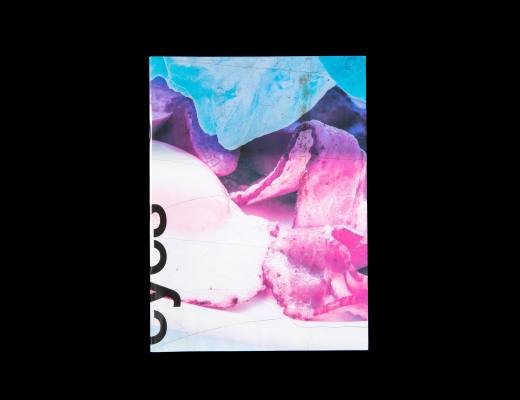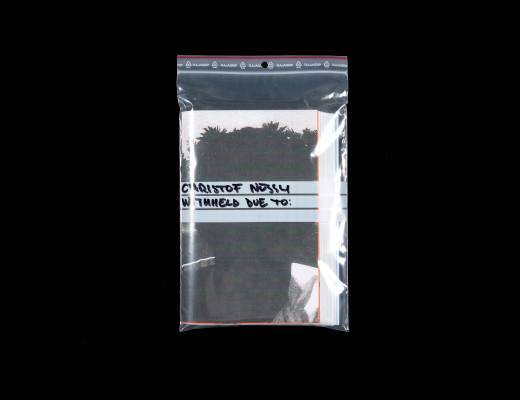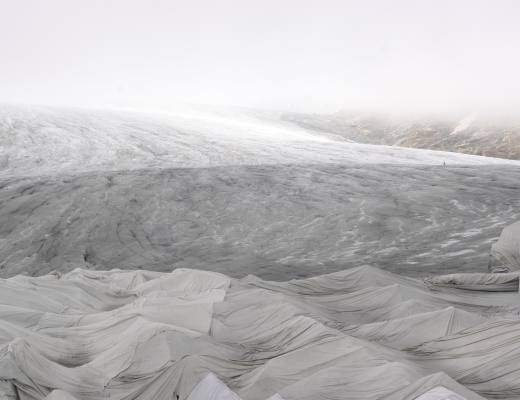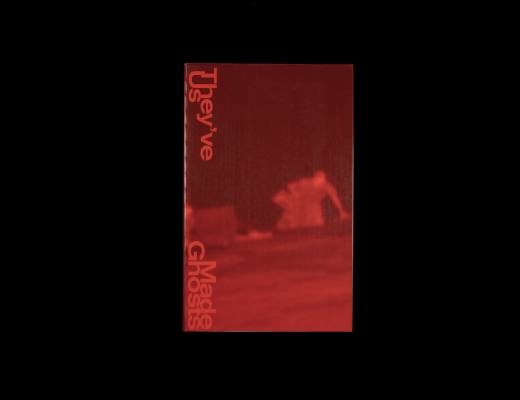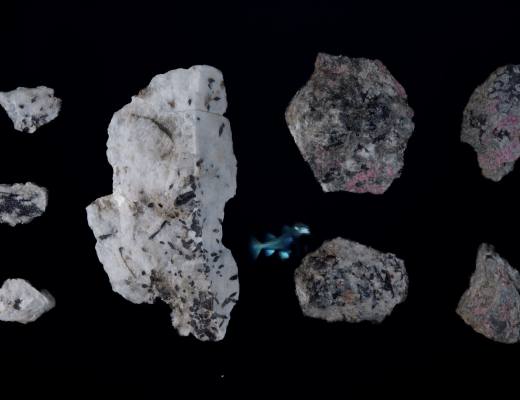Workout
Workout is a rigorous sprint through the minds of its eleven artists. Within the confines of a double-page spread, each contributor offers up a snapshot of whatever world they currently find themselves in. Images are spliced and shuffled, severed and reordered into a finite loop of material—a tantalizing addition to the cpress catalog of artist books.
First (and last) is Liv Fontaine’s gloomy masturbation on desire and doom, a kaleidoscopic mind map in marker and colored pencil. Each quadrant sees the artist’s virtuous spirit played by her corporeal appetites. On the page opposite, Leslie Thornton looks at vascular plant life with haunting, X-ray-like precision. Could Hemlock be a reference to the weed that poisoned Socrates, or to the completely innocent North American coniferous tree? Innocence and guilt, freedom and bondage manifest in Jamie Crewe’s flash tattoos—intended for forehead, heart and genitals, it should be noted—and in Claire Fontaine’s They Hate Us For Our Freedom. A savior is coming, they whisper, and she only needs us to get out of the way.
Indeed, these are desperate times. Has an email found you well lately? Romy Rüegger seeks refuge from it all in a wishful library free of any hegemonic order. This pursuit is so sincerely optimistic, it might be as rare right now as the books Rüegger hopes to find. Meanwhile, Taiyo Onorato & Nico Krebs break from Vitruvian conventions with their superimposed Dancers, with bodies draping and contorting out of the anthropometric ideal. Hollow eyes peer out of Claudia Barth’s folded booklet, but the empty gaze belies the sting of Barth’s prophetic words. For Erik Baltrán, storytelling is not so much an existential journey as a mechanical process. The idea that myths have always been self-perpetuating leads us straight into the information age, when objective truth itself takes on a moral dimension.
Tom Huber achieves the strange feat of making a lone horse look posed, even synthetic. Is it the undulating croup or strawberry blonde mane that gives Björn the glossy sheen of a pornstar? There’s something likewise cosmically out of balance to Nüssli/Oeschger’s maze of arrows, numbers and evil eyes. It seems like a map for some supernatural order despite the absence of organic forms. Fiona Banner veers off in another direction, blending the mundane outline of a windshield into a soft and murky abyss.
Having reached the finished line, Workout seems to operate like a conceptual slot machine. Each pull of the lever generates individual symbols that have nothing to do with each other, and yet together make meaning.
Lindsay LeBoyer
12 CHF
+ 5 CH
+ 5 EU
+ 5 WORLD
24 pp; Newsprint; 350×500mm; First edition; 140 copies; with 11 posters by Liv Fontaine, Leslie Thornton, Jamie Crewe, Claire Fontaine, Romy Ruegger, Tayo Onorato & Nico Krebs, Claudia Barth, Erick Beltran, Tom Huber, Nuessli/Oeschger, Fiona Banner aka The Vanity Press; Graphic Design by Studio Nüssli+Nuessli; Published by cpress, Zurich; Distributed by Idea Books, Amsterdam; ISBN 978-3-9524710-6-7
